V
E
D
U
T
E
◆◆
Venice Vedute
◆-----------------------------◆
Remco Blom
◆◆
I
E
C
N
V
V
E
E
N
I
C
E
Structuur opbouw:
◆ Navigatie/route
◆ Observatie
◆ Waarneming
◆ Verdieping
◆ Uitwerking
◆ Kaart Rotterdam
◆ Ontdekking
Route data ◆
◆ Route Venetië
Structuur:
◆ Route
◆ Tijd
◆ Plaatsbepaling
◆ Waarneming
◆ Observatie patronen Venetië
◆ Vedute schets
◆ verzameling
◆ Route data
◆ Marchel Duchamp
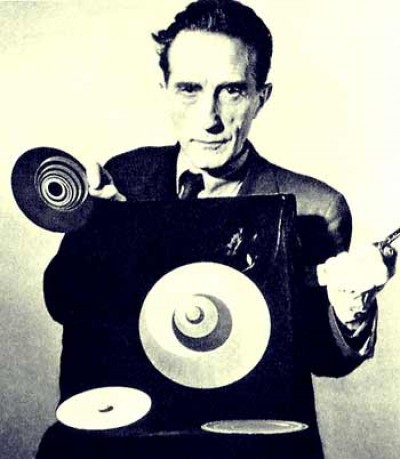


1887 - 1968
Marcel Duchamp is arguably the most famous conceptual artist. Born in France, moved to the USA and became an American citizen in 1955. Marcel Duchamp had a large influence on post war art including the Dada art movement and Surrealist art movement, which his name is normally associated with. Many of Marcel Duchamp's art works that were classified as Dadaist or Surrealist nowadays would be categorised as Conceptual art.
Marcel Duchamp's early works were very much influenced by the Post impressionist styles of Vincent Van Gough and Paul Cezanne. Duchamp’s style then progressed and developed into Fauvism and then Cubism.
Once finding his feet in the Cubism modern art movement he became friends with Francis Picabia a poet who was connected to Man Ray. At the time Man Ray was developing the Dada manifesto. Marcel Duchamp joined the early discussions involving the ideas and concepts of Dadism.
Marcel Duchamp aligned himself with the Dada modern art movement where he created his most famous art works such as 'fountain' and his Bicycle wheel that was lost and never recovered.
http://www.allbuyart.com/art-movement-conceptual-art-marcel-duchamp.asp
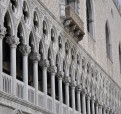
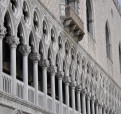

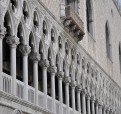
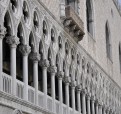

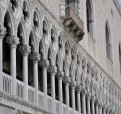
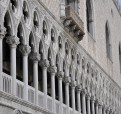
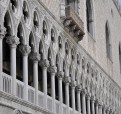

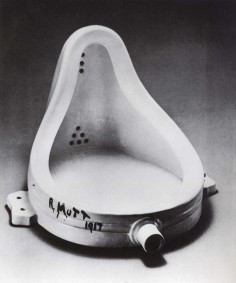

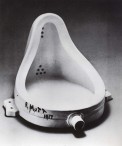
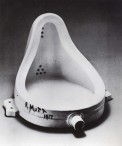
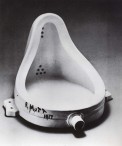
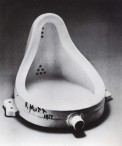

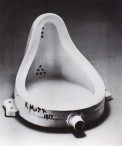

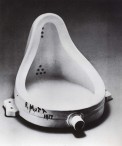

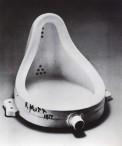


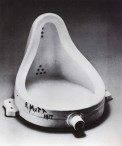

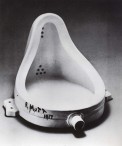


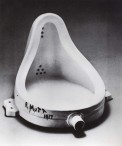
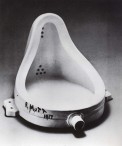
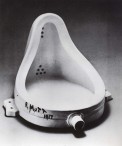
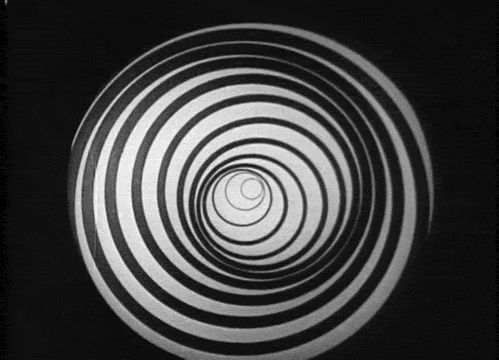
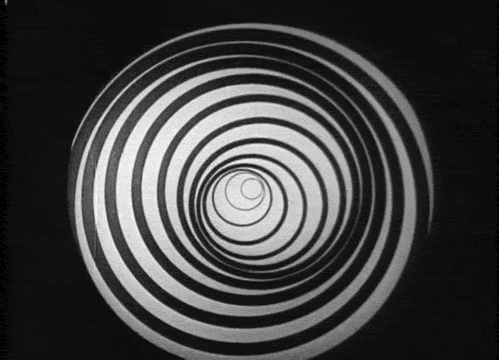
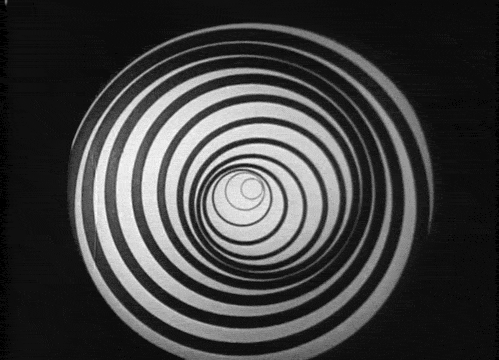
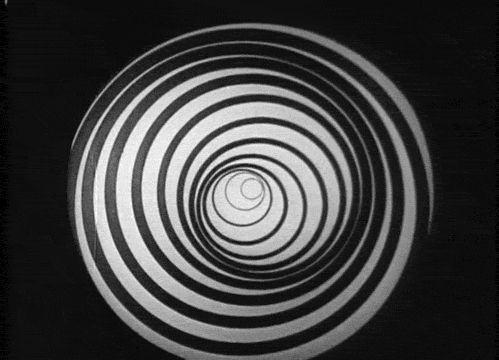

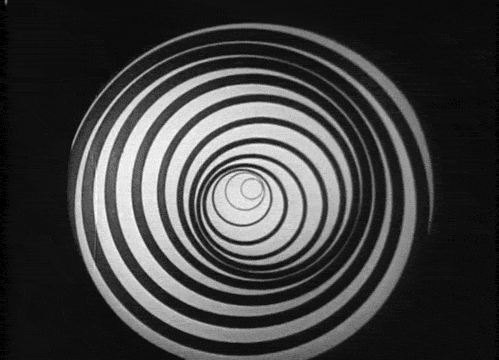

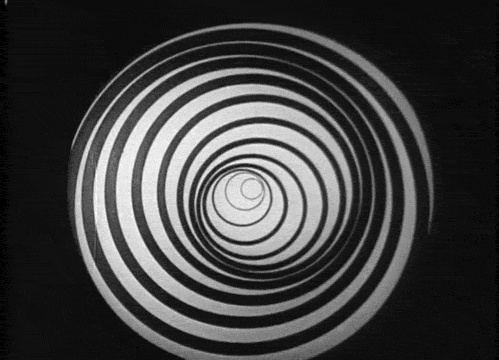
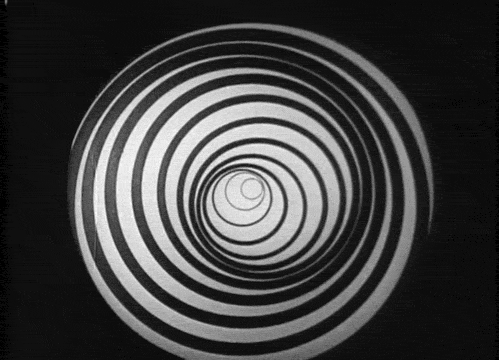
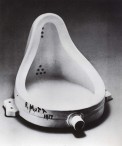

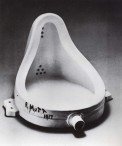
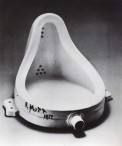
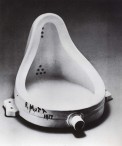
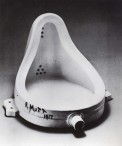
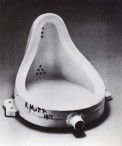
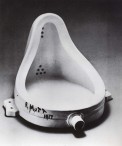



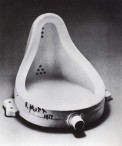

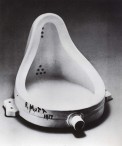
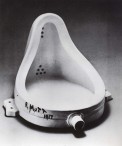

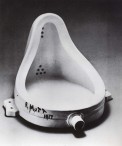
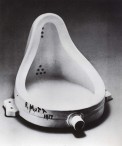
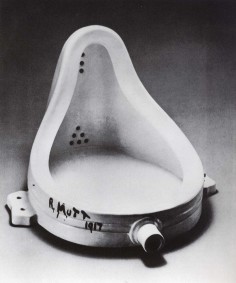

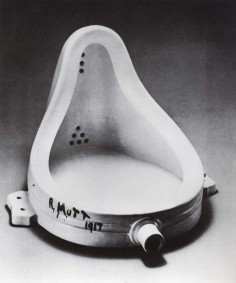
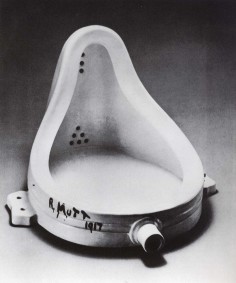
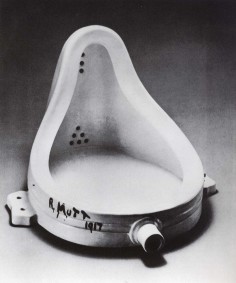
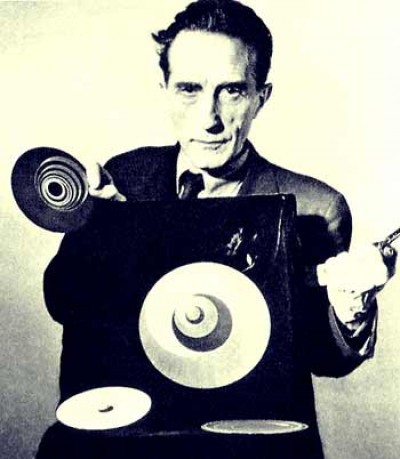
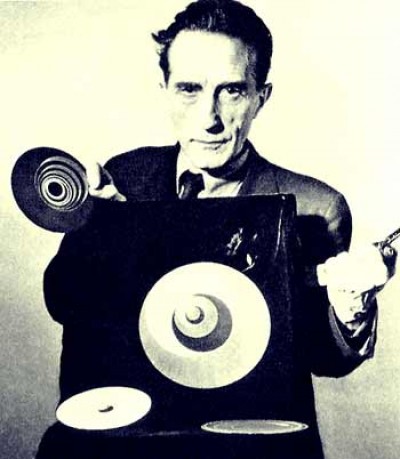
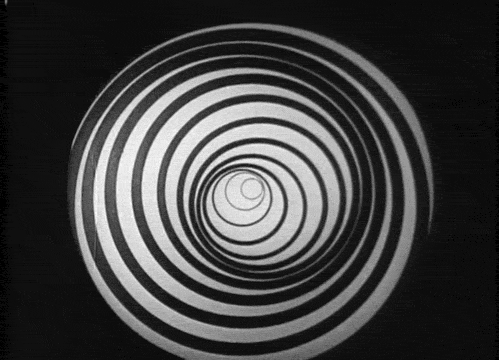
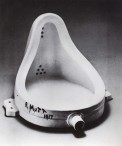
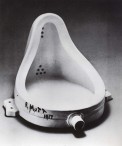

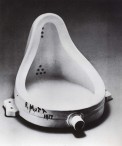
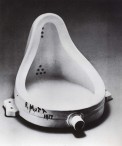
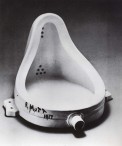
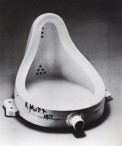
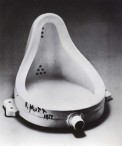
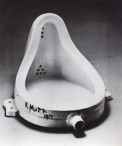
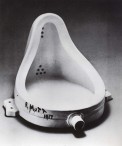
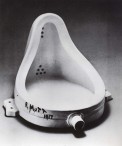

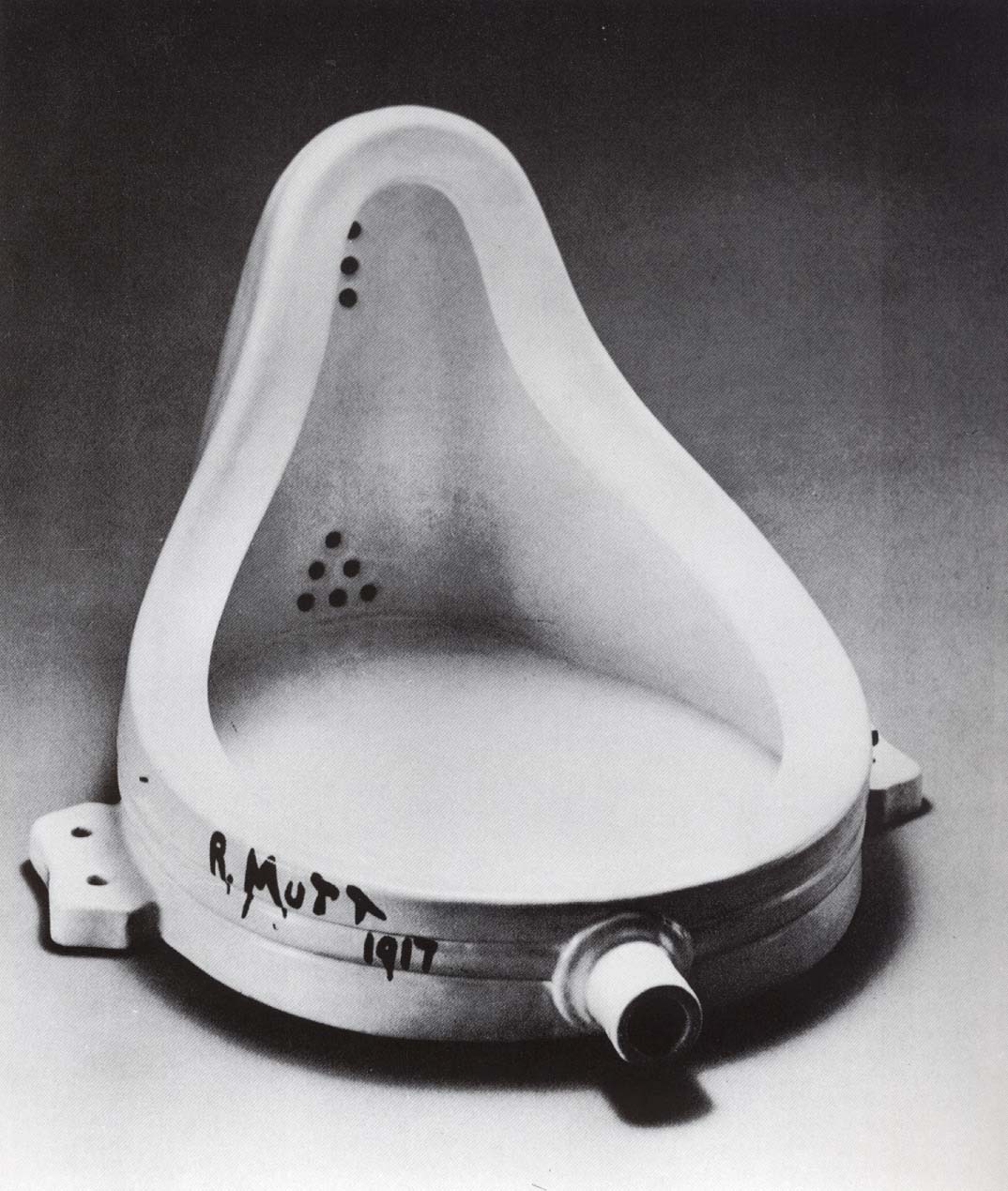
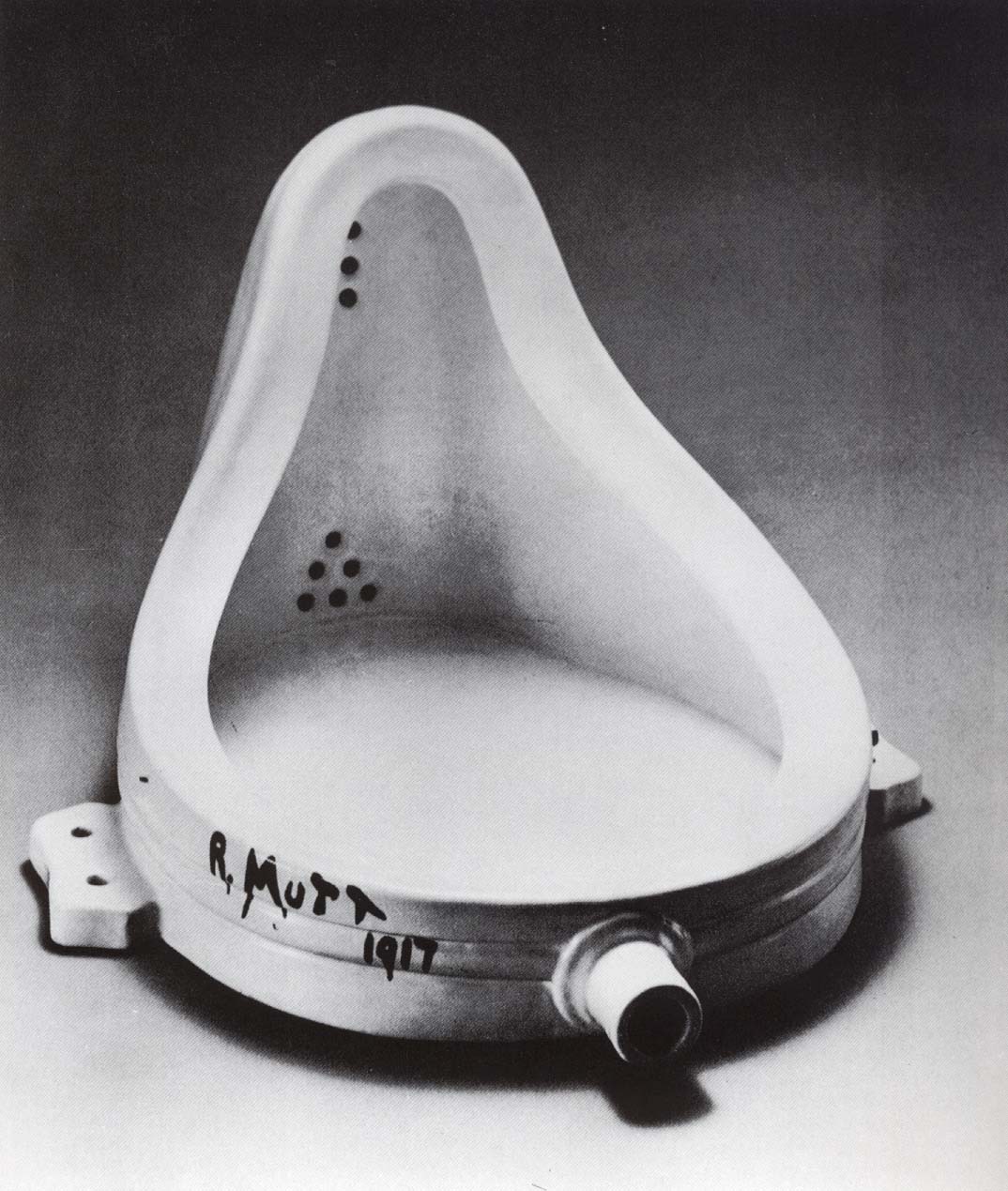
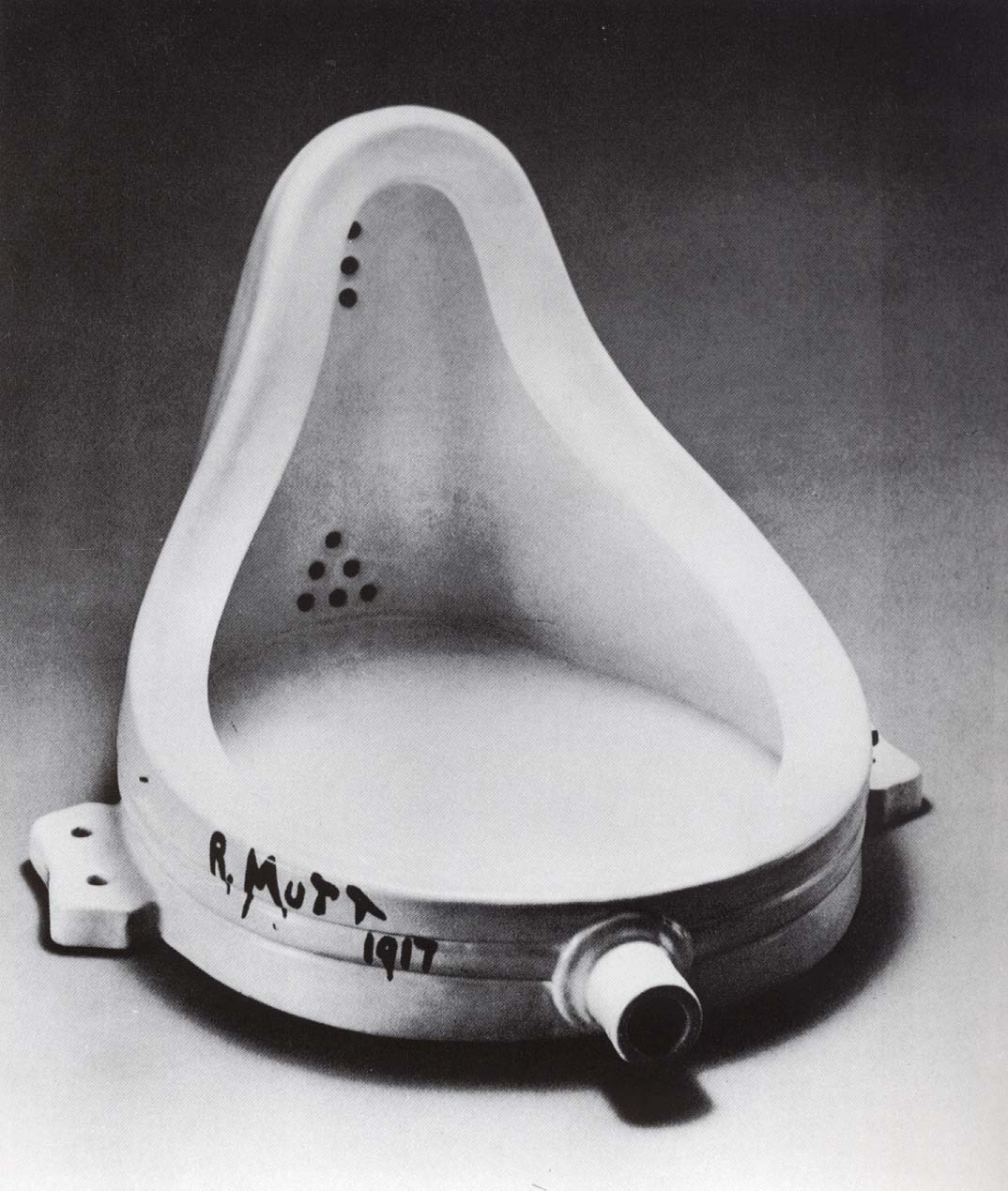
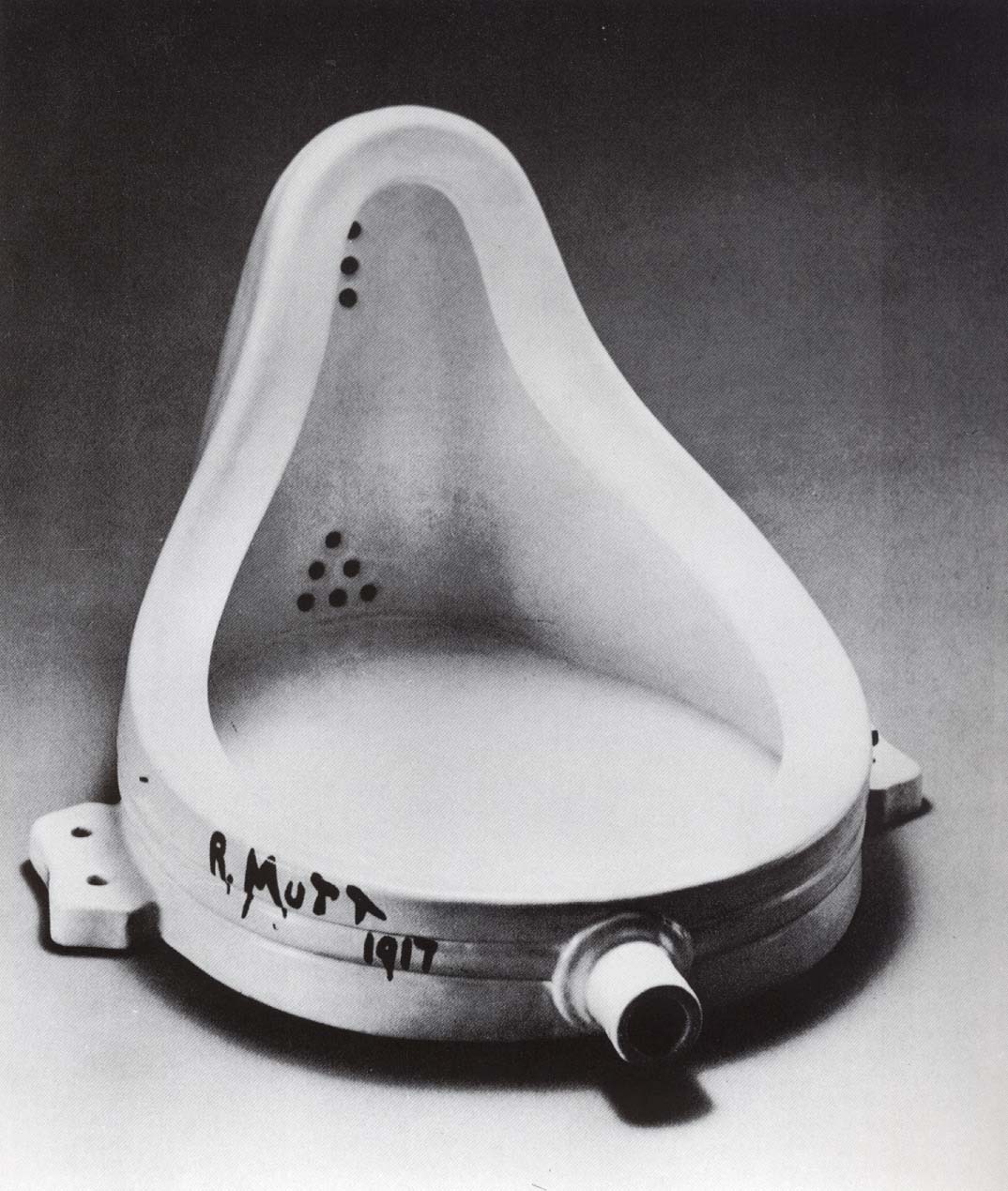
◆ Joseph Kosuth
Joseph Kosuth is one of the pioneers of Conceptual art and installation art, initiating language based works and appropriation strategies in the 1960s. His work has consistently explored the production and role of language and meaning within art.
Born in 1945, in Toledo, Ohio, Kosuth attended the Toledo Museum School of Design from 1955 to 1962 and studied privately under the Belgian painter Line Bloom Draper. From 1963 to 1964, he was enrolled at the Cleveland Art Institute.
In 1965 Kosuth moved to New York to attend the School of Visual Arts; he would later join the faculty. He soon abandoned painting and began making conceptual works, which were first shown in 1967 at the exhibition space he co-founded, known as the Museum of Normal Art. In 1969 Kosuth held his first solo exhibition at Leo Castelli Gallery, New York and in the same year became the American editor of the journal Art and Language.
From 1971-1972 he studied anthropology and philosophy at the New School for Social Research, New York. The philosophy of Ludwig Wittgenstein, among others, influenced the development of his art from the late sixties to mid seventies. Kosuth's work has consistently explored the production and role of language and meaning within art. His nearly forty year inquiry into the relation of language to art has taken the form of installations, museum exhibitions, public commissions and publications throughout Europe, the Americas and Asia, including Documenta V, VI, VII and IX (1972, 1978, 1982, 1992) and the Biennale di Venezia in 1976, 1993 and 1999. Recently, he exhibited Il Linguaggio dell'Equilibrio / The Language of Equilibrium at the Monastic Headquarters of the Mekhitarian Order on the island of San Lazzaro degli Armeni, Venice. This was presented concurrently with the 2007 Biennale di Venezia.
His more than forty year inquiry into the relation of language to art has taken the form of installations, museum exhibitions, public commissions and publications throughout Europe, the Americas and Asia, including five Documenta(s) and four Venice Biennale(s), one of which was presented in the Hungarian Pavilion (1993). Awards include the Brandeis Award, 1990, Frederick Weisman Award, 1991, the Menzione d'Onore at the Venice Biennale, 1993, and the Chevalier de l'ordre des Arts et des Lettres from the French government in 1993. He received a Cassandra Foundation Grant in 1968. In June 1999, a 3.00 franc postage stamp was issued by the French Government in honor of his work in Figeac. In February 2001, he received the Laurea Honoris Causa, doctorate in Philosophy and Letters from the University of Bologna. In October 2003 he received the Austrian Republic’s highest honour for accomplishments in science and culture, the Decoration of Honour in Gold for services to the Republic of Austria. In May 2012 he was inducted into the Royal Belgian Academy.
http://www.skny.com/artists/joseph-kosuth/

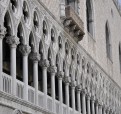
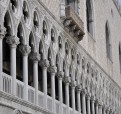


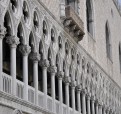

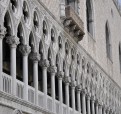
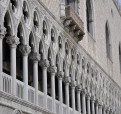

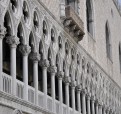

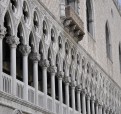

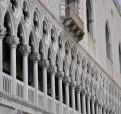

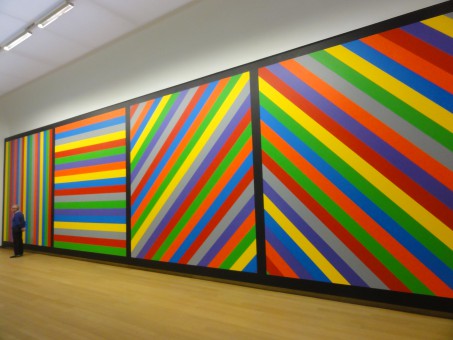
◆ Sol LeWitt
Pionier van de Minimal Art en de conceptuele kunst – was cameraschuw, weigerde prijzen, en gaf zelden interviews. Het draaide niet om hemzelf, vond hij, maar om zijn werk. Om preciezer te zijn: om de ideeën die ten grondslag lagen aan dat werk, want die waren volgens LeWitt belangrijker dan de uitvoering ervan.
Het werk van de Amerikaanse kunstenaar Sol LeWitt (1928-2007) oogstte in veel landen aanvankelijk geen erkenning. Dat was anders in Nederland. Al in de zomer van 1970 organiseerde het Gemeente Museum in Den Haag een eerste overzicht van het werk van Sol LeWitt. LeWitt was volgens eigen zeggen verliefd op dit museum vanwege de architectuur en de vele Mondriaans. Ook het Stedelijk Museum toonde regelmatig zijn werk en andere Nederlandse musea zoals het Kröller-Müller hebben zijn werk in hun collectie.
BOEKEN:
- Manfredo Tafuri. Ontwerp en Utopie
Mens & cyberspace
(vpro/zomergasten)
SITUATIONISTEN
Jan Rothuizen
Daan Roosegaarde
Morfologie
- Rem Koolhaas. Delerious New York
- Honorë Rotier. Stedelijke structuren
- Umberto Barbieri & Cees Boekraad.
Kritiek en ontwerp
Christopf Fink
Christoph Fink noemt het reizen met verschillende voertuigen, per fiets, trein, vliegtuig of te voet, 'bewegingen'. Het tussen-de-twee zijn, de ervaringen tussen het vertrekpunt en de aankomst van deze reizen zijn belangrijker dan hun doel. Installaties samengesteld uit foto's, tekeningen, diagrammen en sculpturen getuigen van ervaringen op het platteland, in de stad en in de natuur. Als resultaten van deze 'bewegingen' vormen ze een inventaris die gebaseerd is op afmetingen en cijfers. Tegelijkertijd bevragen ze de dimensies van tijd, ruimte en de relatie van de mens met zijn omgeving.
http://bamart.be/nl/artists/detail/49
Pietro (de) Saga
Matt Mulican
Christian Dotremont
Pietro (de) Saga was the pseudonym of an early Austrian typewriter artist, who Andrew Belsey informed us about. Since there’s so little info abot her online, we thought we’d post his explanation about her here:
There is no agreement about the real name and dates of Pietro Saga (sometimes Pietro de Saga). Her real name is usually stated to be Stefi Kiesler, but her first name sometimes appears as Stefani, Stefanie, Stephani, Steffi, etc. Her original surname was Fritsch or Frischer. Her dates are given as 1896-1965, 1897-1963 or 1900-1965.
In 1920 she married the Austrian architect and designer Frederick Kiesler (1890-1965), and they were involved in European avant-garde art movements, such as De Stijl. In 1926 they emigrated to the USA, and lived thereafter in New York, where they were part of the modern art scene. She was also a librarian in the New York Public Library.
Thanks to Andrew Belsey for De Stijl cover. The Stefi Kiesler’s typewriter art originals are from the website of the Yale University art collection.
http://text-mode.tumblr.com/post/35118964305/pietro-de-saga-was-the-pseudonym-of-an-early
METADESIGN
(boven de maatschappij & het vakgebied hangen)
- Jan van Toorn
- Daniel v/d velde
Nicolaas Werkman
(expressionisme)